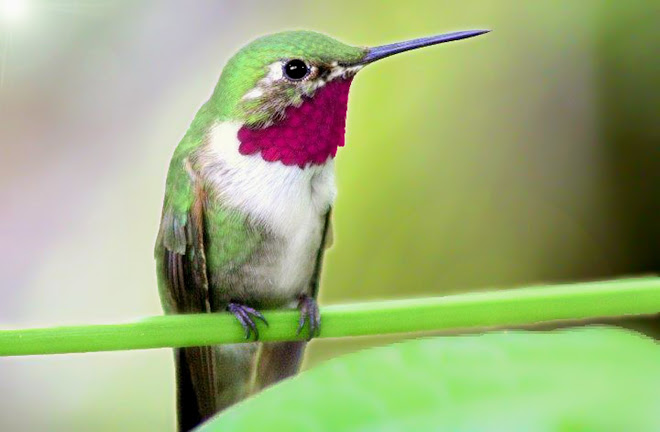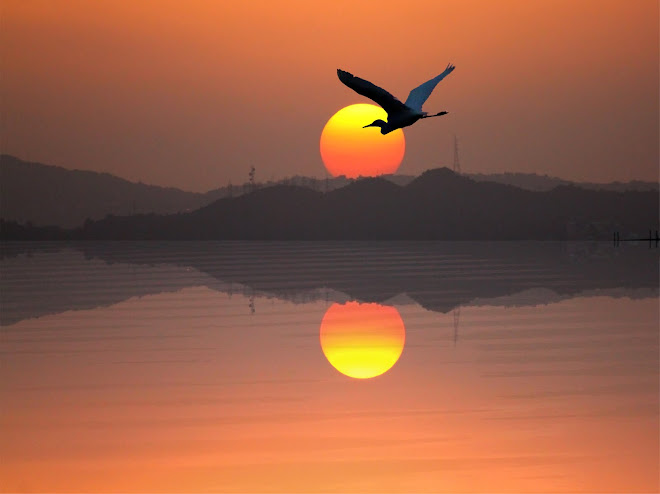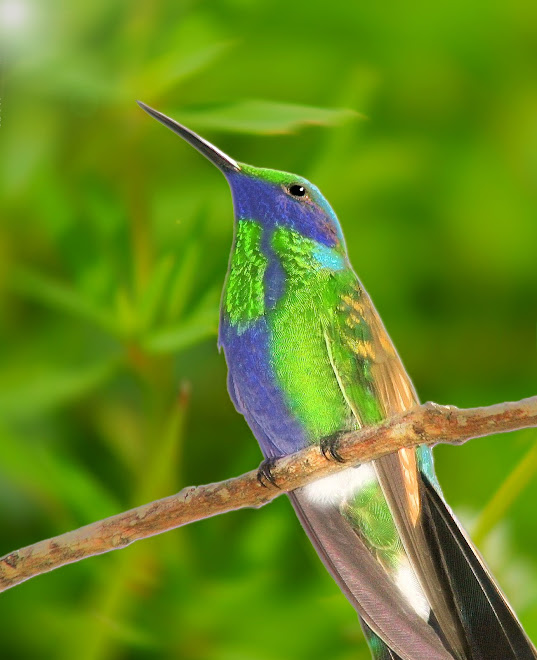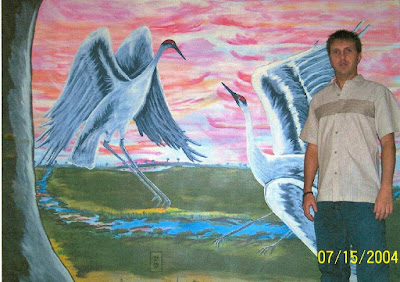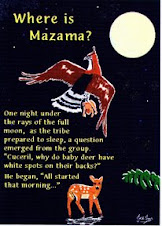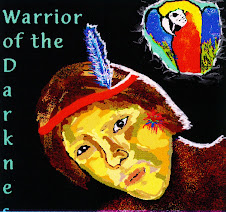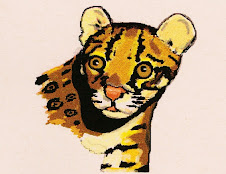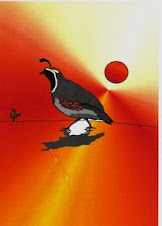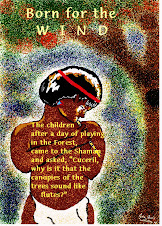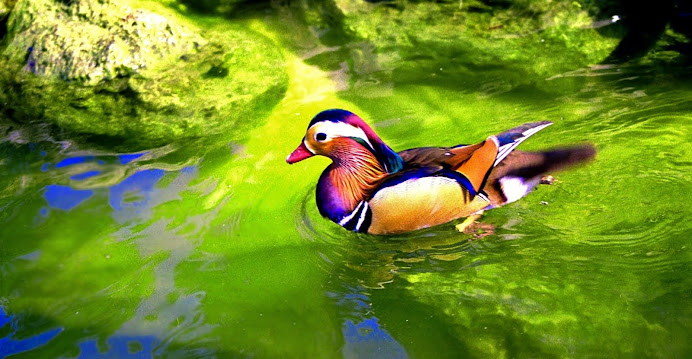
PROFESSIONAL PROFILE
International ecologist, artist and filmmaker with experience and training in film, television, curriculum development, writing and producing multimedia resources in areas of adult and children education; environmental education; Storytelling; creative writing; entertainment; food safety; and agriculture (in both, English and Spanish languages).
EDUCATION
�� Doctoral Candidate in Comparative Studies Florida Atlantic University, FL. 2004-Present
�� M.A. Film and Video The American University, Washington D.C. May 1995
�� Licenciature in Communications Universidad Central de Venezuela, 1989 (5 year program)
COMPUTER SKILLS
Adobe PageMaker, Adobe PhotoShop, WordPerfect, Word, Simple-Text, ClarisWorks, PowerPoint, Avid, Adobe Audition, Internet Communications Skills in Macintosh and PC platforms
PROFESSIONAL EXPERIENCE
�� Adjunct Professor March 2003- present
Nova South Eastern University. Farquhar Center for Undergraduate Studies. Geography of Ecotourism (32762 GEOG 3000), Biology (1040)
�� Blogger www.neoselva.blogspot.com October 2007-present
A website dedicated to environmental issues and art
�� Teaching Assistant/Broadcast Journalism September 2004-2008
Florida Atlantic University, School of Communications
�� Research Assistant September 2003-Sept. 2004
Florida Atlantic University, Center for environmental Studies, Riverwoods Field Laboratory
�� Director and Co-owner April 1997-November 2002 Neoselva Zoological Conservancy Inc. A 31-acre ranch, with more than 500 exotic animals dedicated to provide Animal- Assisted Therapy, environmental education and arts education to disadvantaged children. In conjunction to the children���s program, the ranch promoted a successful breeding program for rare and endangered animals.
�� Assistant In Pesticide Education/Multimedia Production January 2001-August 2002 University of Florida/IFAS, Department of Food Science & Human Nutrition
- Develop multimedia productions and curricula for educational purposes
- Contact extension faculty and educators in counties around Florida to provide curricula
�� Curriculum Designer/Project Coordinator, Welfare-to-Work. March 1999-January 2001 University of Florida/IFAS, Department of Family Youth and Community Sciences
- Develop educational curricula (Food Safety at the Tip of Your Fingers)
- Contact extension faculty and educators in counties to solicit interest in the program
- Conduct train-the-trainer programs
- Work with IFAS Wages Director to develop evaluation methods
- Coordinate the overall performance of educational programs offered by county faculty
�� Multimedia Producer and Project Coordinator October 1997-March 1999 University of Florida/IFAS Department of Family Youth and Community Sciences
- Curriculum development and training for the Food Handler Training Program
- Responsible for producing/coordinating multimedia educational resources & promotional Materials for the Food Handler Training Program offered by Cooperative Extension Service state wide, and for sale publications
- Establishing contacts with the media, and organizing satellite broadcasts
�� Translator & Narrator for agricultural publications and videos October 1997-April 2002
University of Florida/IFAS Communications and Media Services
�� Film Editor and Timer October 1995-March 1997 Color-Lab Motion Pictures Inc. Rockville, Maryland
- Preparing, cutting, editing and synchronizing sound for motion picture���s film
- Timing and Color Correcting motion pictures film
MULTIMEDIA ORIGINAL PRODUCTIONS
�� ���The Ale House Food Safety Program & Direct Hand Contact Plan��� video. June 2000
�� ���Food Safety at the Tip of Your Fingers��� Training video and curriculum. July 2001
�� ���Tales of a Shaman��� A collection of original environmental short stories. 1984-1997
�� ���Musical ���Tales of a Shaman��� (Author & Director) Written for the Mater Amoris Montessori School, in Ashton, Maryland, for a cast of 70 children. May 1997
�� ���Mitu Ararauna��� 20 minute, 16mm film. (The journey of a Shaman struggling to save the Tropical Rain Forest) Screened ���FILM FINALS FESTIVAL���, Biograph Theatre, Washington D.C. April 29 & 30,1995
�� ���Warrior of the Darkness��� 3 min. 16mm film about the interaction between an autistic boy and his mother through a native legend. ���9TH ANNUAL IMAGE AWARDS LUNCHEON��� March 1995 L.A. California.
�� ���The Flamingo��� 5 min. video about the biology of the flamingoes. Series ���RESENA��� Foundation for the Development of Visual Arts Aired in Venezolana de Television/Channel 8, March 4, 1990
�� ���Bills, Legs and Feathers��� 5 min. video about the adaptations of birds to their environment. Series ���RESENA���, Foundation for the Development of Visual Arts Aired in VTV/Channel 8. February 5, 1990
�� ���When a Species Dies��� 30-min. video for conservation of birds. Funded by Wildlife Conservation International/New York Zoological Society. Aired: VTV/Channel 5. 6/2/89 & 9/5/89
�� ���Arte Vivo��� 7 videos (endangered fauna in Venezuela). VTV/Channel 5, January-March 1989
TEACHING AND CONSULTANT EXPERIENCE
�� Assistant Journalist for IUCN-US, World Conservation Union for the IV Congress on National Parks, Venezuela, February 1992. Washington D.C. August-December 1991
- Established a permanent system of communication and distribution of information
�� Consultant in Eco-Tourism and Wildlife for Lost World Adventures Agency. 1991-1993
- Organization of educational ecological tours
- Established relations with Venezuelan Non-Governmental Organizations
�� Trilingual Eco-Tourism Leader and Instructor in Venezuela March 1985-1993
- Developed educational ecological expeditions for international travel agencies
�� Represented BIO-Tour/GBS C.A. TRAVEL MART LATIN-AMERICA, COSTA RICA 1990
�� Consultant for BIO-Tour/GBS C.A. December 1988- June 1999
- Feasibility analysis for implementing Eco-tourism programs in Venezuela
�� Instructor ���INTRODUCTION TO BIRD WATCHING��� Audubon Society of Vzla. 1988-1989
�� Teacher Assistant, course ���BIOLOGY OF BIRDS���. Universidad Simon Bolivar. 1985-1988
�� Consultant for FUNDACION TERRAMAR S.C. September 1988
- Training on identification and census of birds on La Blanquilla Island
- Study of the status of the Yellow-Shoulder Parrot (Amazona barbadensis).
�� Consultant for INSTITUTE OF NATURAL RESOURCES/USB. August 1988
- Trained personnel and collected ornithological data on the environmental impact of potential development on the delta of the Piritu River, Venezuela
PUBLICATIONS
�� ���The Legend of the Red Siskin���
- Bulletin of the Audubon society, December 1985
- Bulletin of the Venezuelan Ornithological Federation. February 1986
�� ���The Environmental Education Gets Established in the Continent��� Photographer. Author: Marco A. Encalada, Organization for American States, Washington D.C. 1993
�� ���Education & Environment in Andean Countries: Educational Strategies��� Photographer. Author: Beatrice Edwards, Organization for American States, Washington D.C. 1995
�� ��� Behavior and Biology of the Hawk-Headed Parrot in Southern Venezuela���. Stuart Strahl, Philip Desen, Jose-Luis Jimenez. The Condor Journal, U.S. September 1990
SEMINARS AND WORKSHOPS ATTENDED
�� Agricultural Communicators in Education/ACE 2001 Conference. Washington D.C.
�� EATT, Symposium on Food Security and Nutritional Education in Florida. Speaker. 2000
�� Ready, Work, Grow; A National Workforce Conference. Baltimore. April 2000
�� CYFAR 2000, Children, Youth and Families at Risk. Speaker, N.C. March 2000
�� Jackson Hole International Wildlife Film Festival. Wyoming. September 1995
�� First Workshop on Environmental Protection and Leadership in Eco-Tourism. Ministry of Defense, Army Forces Co-op of Venezuela May 1991
�� First Workshop on the Biology of Conservation. Wildlife Conservation International/New York Zoological Society, Venezuela June 1990
�� Audubon Ornithological Workshop in Maine. Audubon Ecology Workshop in Maine. 1989
MEMBERSHIP AND ACTIVITIES
�� Florida Food Manager certification, Florida Department of Business and Professional Regulations, since 1997
�� Member of the Foreign Press Center, Washington D.C. since 1991
�� Member of the National School of Journalists of Venezuela, since 1989
�� Member of the Audubon Society of Venezuela, since 1985
�� American Pheasant and Waterfowl Association
�� International Waterfowl Association
VOLUNTEER WORK
�� Shands Hospital. Recreational Therapy for children Gainesville, Florida 2001-2002
�� Radio Fe y Alegria. Taught elementary education to disadvantage adults to prepare them to join the workforce. Venezuela. 1981-1983
�� Hospital San Juan de Dios. Worked with physical disabled children. Venezuela 1977-1981
LANGUAGES
Spanish (Fluent) English (Fluent), Italian (Speaking and Reading), Portuguese (Speaking and Reading)
HONORS
�� OAS (Organization of American States) Graduate���s Full Scholarship Washington D.C. 1992
�� Wild Wings/Underhill Foundation and Dorr Scholarship. Audubon workshops��� in Maine 1989
�� Wildlife Conservation International/New York Zoological Society. Grand for the production of the ecological documentary ���When a Species Die���, Venezuela 1987


